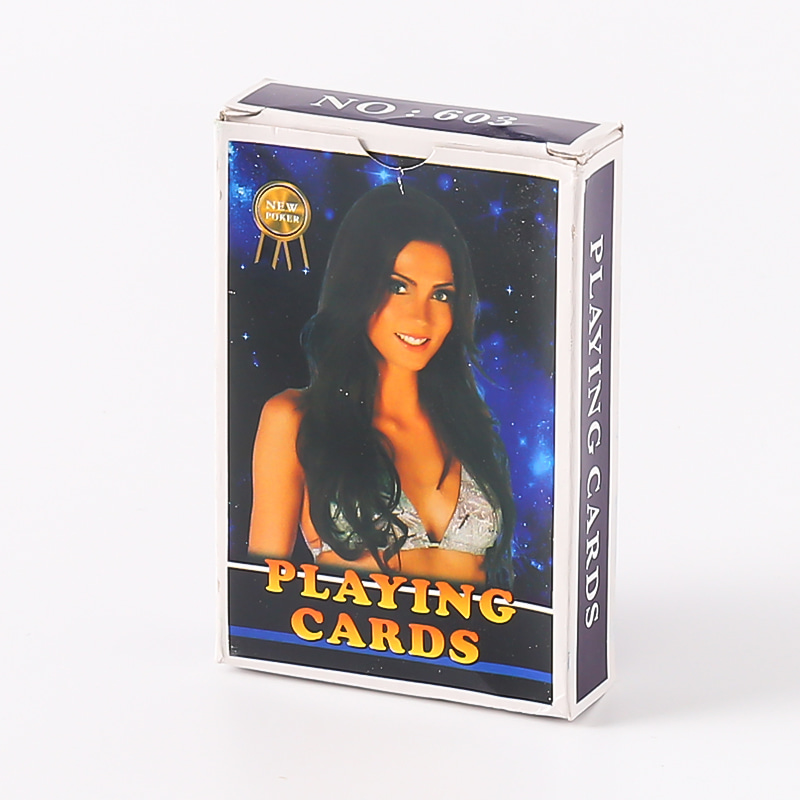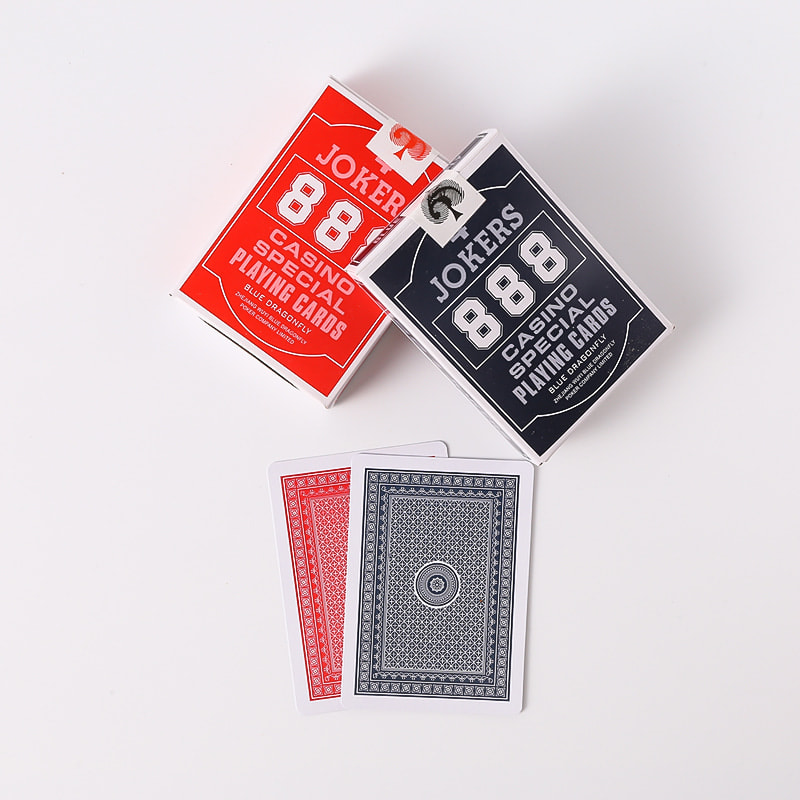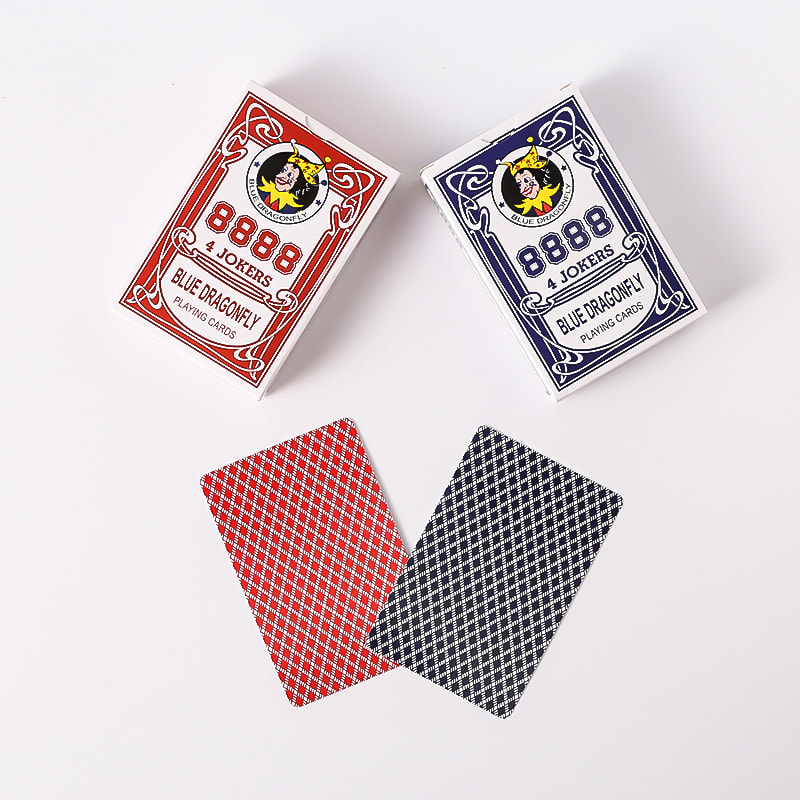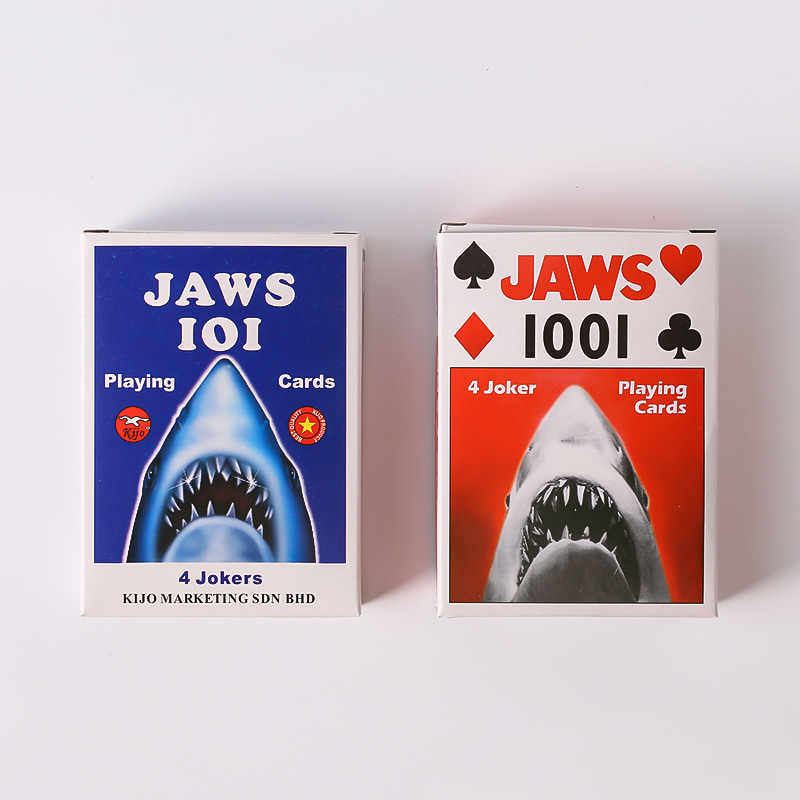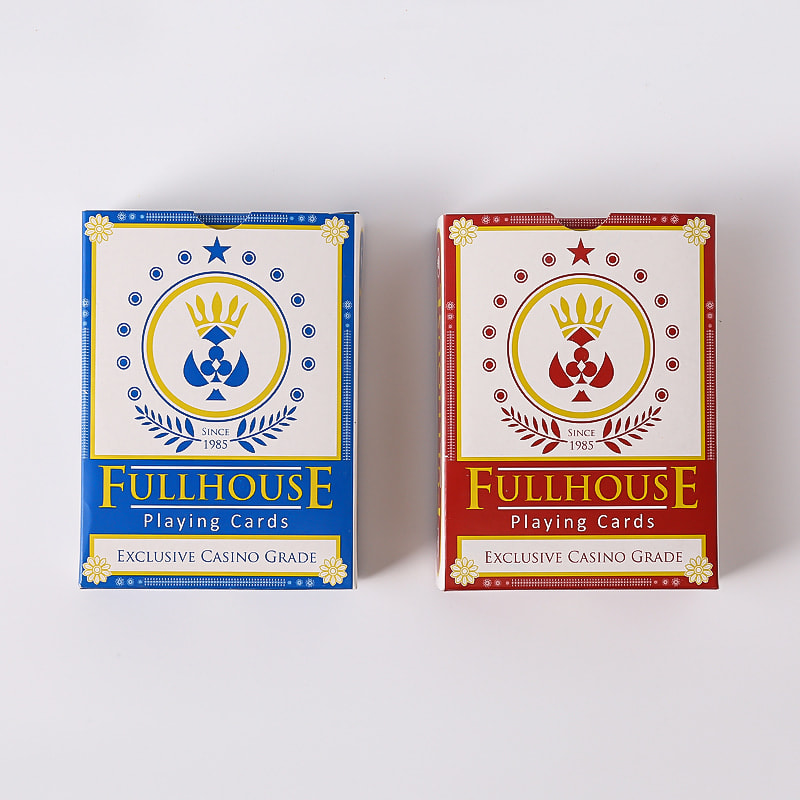Web Menu
Product Search
Exit Menu
Why is Paper Flatness Critical for the Stable Operation of Playing Cards Making Machines
The Role of Paper Flatness in Card Manufacturing Precision
In the production of playing cards, precision is everything—from print registration to cutting accuracy and surface finishing. A Playing Cards Making Machine is designed to handle high-speed operations with tolerance for error. One often overlooked but essential factor in ensuring this precision is the flatness of the paper or cardstock being used. If the paper is warped, curled, or uneven, it can disrupt the entire process, affecting the quality, consistency, and efficiency of the final output.
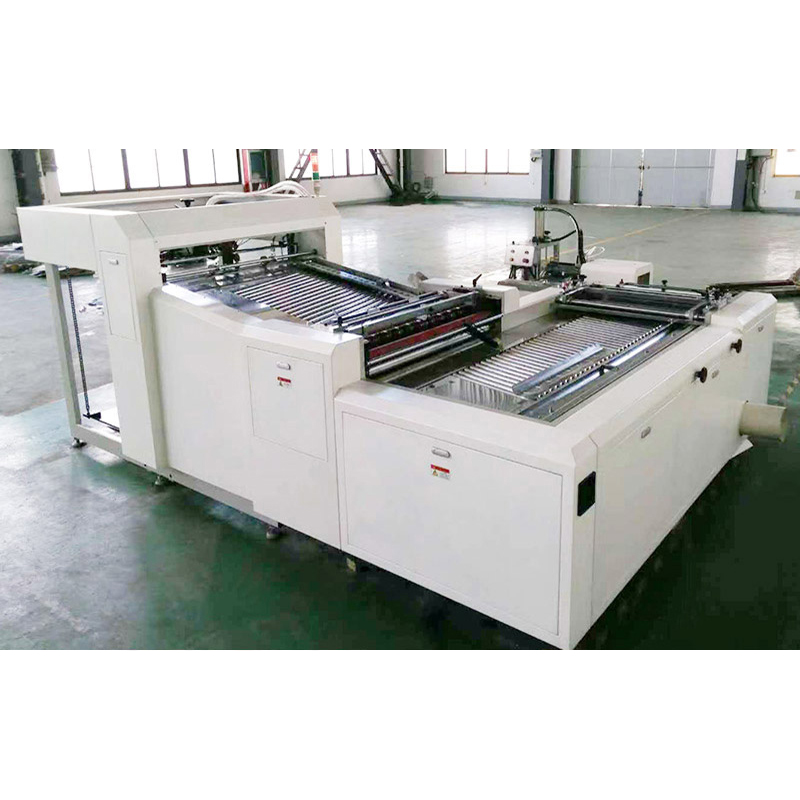
Feeding Mechanism and Paper Alignment
Paper flatness is especially important during the feeding stage of the Playing Cards Making Machine. Most machines are equipped with automatic sheet feeders or continuous roll feeders that rely on uniform thickness and flat alignment to guide paper accurately into the printing and cutting zones. Warped or curled paper can cause misfeeds, double feeds, or jams. These interruptions not only waste material but also reduce machine throughput and increase downtime for corrections or cleaning.
Impact on Printing Accuracy and Registration
For playing cards, image alignment must be exact on both sides of the sheet. Even minor irregularities in paper flatness can cause misregistration, where the printed design on the front and back does not align properly. This compromises the visual appeal and usability of the cards. Flat paper ensures that the sheet remains stable under the print head or offset roller, allowing precise control over ink placement. Uneven paper, on the other hand, may shift or wobble during high-speed passes, causing blurred or misaligned images.
Cutting Consistency and Edge Accuracy
Once printing is complete, the next crucial stage is die cutting or guillotine cutting to separate the individual cards. A lack of paper flatness can cause uneven pressure distribution during cutting, resulting in misaligned edges or cards with slight dimensional deviations. In severe cases, it can even cause premature blade wear or mechanical stress on the cutting unit. Ensuring the paper remains flat allows for consistent cutting depth and edge uniformity across the entire sheet or stack.
Finishing Processes and Lamination Challenges
Most high-quality playing cards are coated or laminated to improve durability, smoothness, and handling. Lamination requires good adhesion between the card surface and the protective layer. If the base paper is curled or rippled, air bubbles, wrinkles, or peeling may occur during lamination. This not only impacts the card’s durability but also gives a low-quality appearance. Flat paper ensures an even bonding process, critical for the longevity and aesthetic of the final product.
Quality Control and Material Preparation Recommendations
To achieve suitable paper flatness, manufacturers often pre-condition the paper to match the temperature and humidity of the production environment. Moisture imbalance is a major cause of curling and warping, so storing paper in a climate-controlled setting helps maintain its flatness. Some operations use calendering or flattening machines before feeding the paper into the Playing Cards Making Machine. Additionally, sourcing high-quality, coated cardstocks specifically engineered for playing card production can significantly reduce flatness-related issues.
Conclusion: Flatness Is the Foundation of High-Quality Card Production
In the playing card manufacturing process, the flatness of the paper is not a minor detail but a foundational requirement for smooth, accurate, and high-speed production. Every stage—from feeding to printing, cutting, and finishing—relies on it. Ensuring paper flatness helps avoid operational disruptions, improves final product quality, and extends the lifespan of the equipment. For manufacturers aiming to maintain consistency and reduce waste, attention to paper quality and handling is essential in operating a Playing Cards Making Machine effectively.




 English
English عربى
عربى


